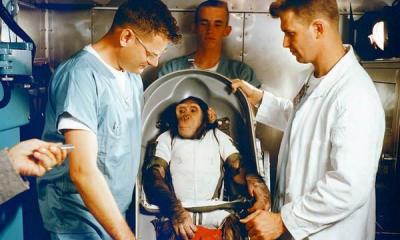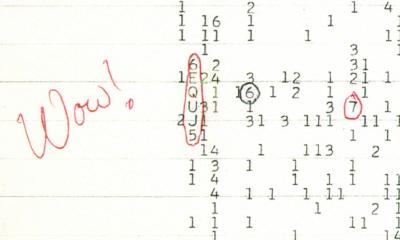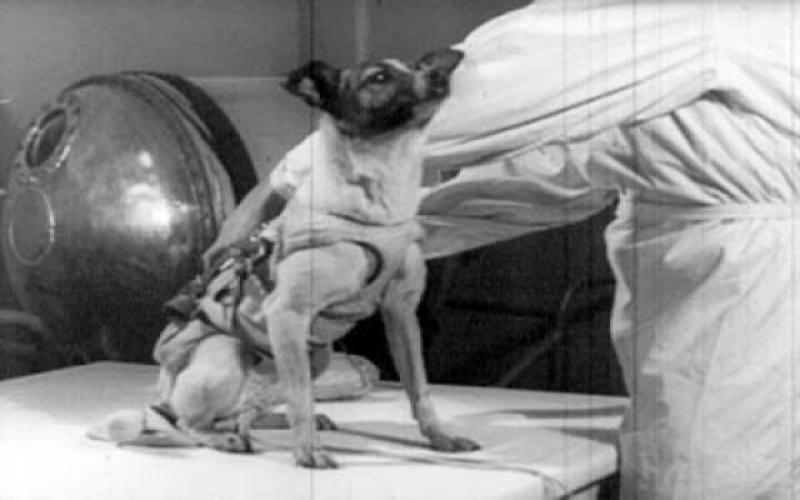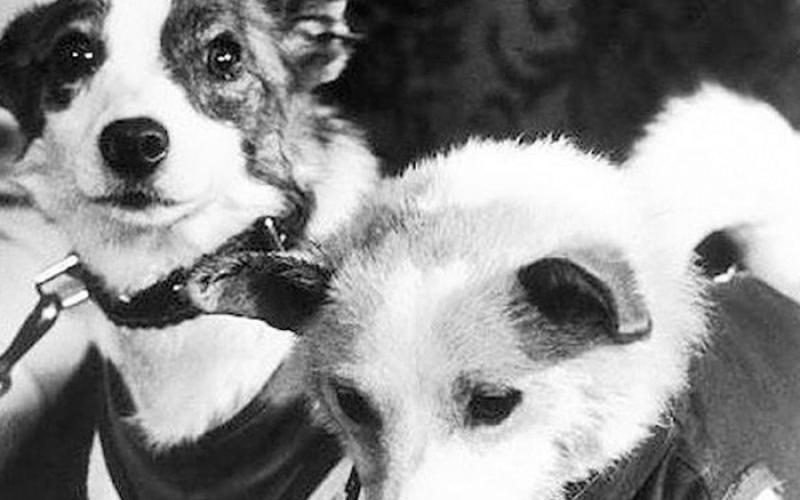The custom of decorating a tree for the New Year arose a very long time ago, even the ancient tribes, worshiping the spirit of the forest, tried to appease the "main" tree, bringing gifts to it and decorating it in every way.
In almost every historical period and every culture, archaeologists find traces of this custom - decorated trees existed in ancient China, Greece, Rome and even Japan. There, in some areas, one of the most striking decorations of the house before the New Year is kadomatsu - a pine tree at the entrance - a greeting to the deity of the New Year's holiday.
There were such trees among the ancestors of the Slavs. Interestingly, the Slavs did not decorate a Christmas tree, but an oak or a birch, since in their then pagan beliefs, it was these trees that were closest to the divine principle.
Spruce as a Christmas tree arose thanks to Christianity, it was called the "tree of Christ", giving it special honors at Christmas. By the 17th century in most European countries, it has become a recognized symbol of Christmas and New Year (which, in the view of Europeans, has long been, in general, one and the same).
They say, however, that the custom of decorating a Christmas tree originated with the ancient Celts. The culture of this people was inextricably linked with the Druids, and the Druids argued that spruce is a rather heavy tree from an energy point of view, and plus this is nothing more than a haven for fertility spirits. In order for the spirits to be kind and supportive, the Druids decorated the Christmas tree with a variety of gifts - mostly fruits. These, allegedly, were a kind of first Christmas decorations. And this happened in December.
For the first time, a green tree, as a home decoration, appeared in 1605 in Strasbourg. It was decorated with paper roses, delicious waffles, hazelnuts, festive lighted candles and, of course, sweets.

The custom of decorating the Christmas tree with food continued until the mid-1800s. These were sweet candies, raisins, nuts, fragrant cookies and salty pretzels. Fruits were held in high esteem.Apples prevailed due to the fact that it was the apples from the tree of knowledge that, from the point of view of Christianity, gave birth to Christian civilization.Harvesting in the fall, especially beautiful apples were cherished, especially for Christmas.
Later, as decorations, eggshells painted with colored paints and gilded fir cones appeared on the Christmas tree. The tops of the fir trees were decorated with angels, flags or stars.
At the beginning, the toys were used exclusively to recreate the classic gospel story on the Christmas tree, and each of them was a certain symbol.

The divine will was symbolized by angels, the divine voice - by bells, the holiness of suffering - beads and wreaths, the struggle for faith - multi-colored flags, the dove - the good news, waffle figures - the prototype of unleavened bread, which were used during the rite of communion, and the white lamb personified Jesus Christ himself .
The star at the top of the Christmas tree means the Bethlehem guiding star of the Magi, the cross - the crucifixion of Christ. Christmas candles express the short duration of the existence of a lonely human soul.
The color scheme of the New Year's decoration of spruce also carried a certain meaning. Gold personified the divine principle, silver was associated with purity and chastity, red color - with drops of blood. A toy cave with figurines of all the characters of the biblical story about the birth of Christ was always placed under the spruce. 
With each decade, the Christmas tree outfit became more and more beautiful, and by the end of the 18th century. gilded and silver-plated potatoes appeared on its branches, which at that time were inEurope a rarity. Flowers appear not only from paper, but also from fabric, fairies from shiny foil, stars, butterflies, charming figures of animals. It is not surprising that the branches under such a load broke off, the spruce fell, there were numerous fires due to burning candles.

Then the first tinsel appears. At first, it was made from the finest tin, later silver wires, twisted together in various ways. Then - from silvered paper or foil. It is curious that even such a simple decoration has its own legend.
Long ago, there lived a kind woman who had many children. Once, on the eve of Christmas, she, as usual, dressed up the tree, but the tree came out modest, almost without decorations. At night, spiders climbed onto the tree and wove a web. Knowing the kindness of the woman, the infant Christ decided to reward her and blessed the tree - in the blink of an eye, the web turned into sparkling silver.
In 1848, the first Christmas balls were made in the town of Lausch in Thuringia. They were made of colored or transparent glass, covered with a layer of lead on the inside, and decorated with sparkles on the outside.
In 1867, a gas works was opened in Lausche. Using gas burners with very high temperature flames, glassblowers were able to produce thin-walled balls of any size. The unhealthy lead coating was replaced with silver nitrate. Craftsmen could blow almost anything: not only balloons, but also bunches of grapes, birds, fish, figurines of Santa Claus, jugs and amphoras. The toys were painted with silver and gold dust. It was then that the fashion for different types of toys and ways of decorating Christmas trees arose. For several decades, the workshops in Laush were monopolists in the production of Christmas decorations.

At the beginning of the 20th century they were replaced by Bohemia (Czech Republic), Poland, the USA and Japan. And then other countries began to produce these fragile and beautiful products. The first balls were very heavy. They learned to make them from thin glass only in the 20th century.
The fantasy of German masters in glassblowing did not slow down: in 1877, Johannes Eckart invented a musical Christmas tree stand. The mechanism was quite simple (on a spring basis), it was wound up with a key, and the Christmas tree rotated beautifully to the music.
In England, the position of the New Year tree was fixed by the order of the English Queen Victoria. The first Christmas tree was installed in 1841 at Windsor Castle, where the Queen herself celebrated the holiday. That year she married Albert of Saxe-Coburg. After that, all the British began to imitate the crowned couple.

In Russia the real custom of decorating a Christmas tree came under Nicholas the First. His wife, Empress Alexandra Feodorovna, nee Princess Charlotte of Prussia, transferred to Russia the custom of decorating a home with a Christmas tree with burning candles.

This tradition, as well as the custom of giving gifts at Christmas, laying them out under the tree or hanging them directly on the branches, very soon gained popularity, first among the courtiers, and therefore throughout St. Petersburg, and then throughout Russia.
The most favorite toys for many years were, again, edible products - shortbread figures that were wrapped in colored, gold or silver foil, gilded nuts, apples and, of course, candles. Many toys were made by hand from improvised materials.
The first public Christmas tree was arranged in 1852 in St. Petersburg in the building of the Ekateringof railway station.
The first glass toys that appeared in Russia were German-made. But domestic masters quickly realized how profitable this business was. In addition to glass toys, toys made of cloth, cotton wool and papier-mâché were also produced in Russia.

In Russia, the New Year industry has developed at a cosmic pace. A factory for the production of sparklers opens in Moscow. In St. Petersburg and in Klin, on the basis of the glassblowing industry, which has been operating since 1818, factories for the production of Christmas tree decorations begin to operate.

However, it was simply impossible to provide everyone with local toys, and therefore they were still imported from Germany. And even then there are differences in price: for those who are richer - more beautiful and elegant German ones (a rarity and value at that time terrible! It's like a Moskvich during a period of stagnation for an engineer), for those who are poorer - from a thick and awkward glass.
Due to the high cost, it has even become the norm to rent Christmas decorations.
Due to the shortage of glass toys, German flat cardboard Christmas toys - "Dresden cartonage" - are coming into fashion. 
The toys were glued together from two halves of convex tinted cardboard, mirror-symmetrical to each other. This two-sided almost flat Christmas tree toy, as a rule, was covered with foil on top.

Beautiful dolls with lithographic - paper - faces glued to a "body" made of fabric, lace, beads or paper were also hung on Christmas trees.

By the 20th century faces began to be made convex, made of cardboard, later even porcelain. 


They also made toys from cotton wool wound on a wire frame: this is how they decorated the figures of children, angels, clowns, sailors. Cotton wool was covered with a special adhesive, which gave it shine and some strength. 



At the beginning of the twentieth century. Fake stucco figures and fruits made of papier-mache or velvet were popular.
A six-pointed star of Bethlehem was fixed at the top.  Often the top was crowned with the so-called "peak". Moreover, the shape of the “pike” is not associated with the image of an icicle (as Soviet historians have been telling us for a long time), but with the design of military helmets from the times of Kaiser Germany: peaked tops for Christmas trees began to be made there. The top of the "pike" was decorated with figures of doves, bells, etc.
Often the top was crowned with the so-called "peak". Moreover, the shape of the “pike” is not associated with the image of an icicle (as Soviet historians have been telling us for a long time), but with the design of military helmets from the times of Kaiser Germany: peaked tops for Christmas trees began to be made there. The top of the "pike" was decorated with figures of doves, bells, etc.
It was fashionable to show off toys made independently, and regardless of class.
On the eve of the New Year, special albums for homemade toys were launched for sale. Inside, lithographic cheerful faces of Santa Clauses, angels, little men, as well as accessories for them were placed on the sheets. All this had to be cut and glued. In addition, every self-respecting newspaper and magazine in the December issue published a variety of recommendations for children on making homemade toys.


The toys of that time are distinguished by the amazing subtlety of work and decoration - in our time, a miraculously preserved copy of Christmas tree decorations, produced in those days, can cost a fortune.




During the First World War, Christmas trees in Russia were banned as an unpatriotic German custom, and with them toys, but this ban was soon abandoned: and so people had little joy.
However, they did not rejoice for long: the October Revolution broke out. Many ancient customs that had absolutely nothing in common with "bourgeois survivals" were declared counter-revolutionary and were ruthlessly eradicated.
The New Year turned into an ordinary working day, it was impossible to even stutter about any festive night.
In 1925, the New Year was officially banned and, accordingly, Christmas trees and toys disappeared from sale. Glass toys became a terrible shortage, the old ones were broken, new ones were not produced, so Soviet citizens "underground" made toys for themselves from cotton wool, paper, and dough.
The ban lasted only 6 years - until 1935: Stalin again allows the New Year tree, and with it - the holiday itself (although January 1 will not be a holiday for another twelve years).
To begin with, from the "Christmas" tree turned into a "New Year's" (and, by the way, it continues to be so to this day). Two years later, on December 28, an article by Pavel Postyshev "Let's organize a good Christmas tree for the New Year" appears in the Pravda newspaper.
Although there were only 3 days left for preparation, Pravda's recommendations were implemented with lightning speed, the very next day the newspaper wrote how to "organize the harvesting of Christmas trees, the purchase of toys and decorations", and on December 30, almost all markets in Moscow sold Christmas trees, artels and cooperators offered "special Christmas sets, figured gingerbread and marzipan figures."
In the House of the Unions, the very first Soviet New Year tree was erected, as much as 15 meters high. (Such "gigantism" in Soviet Christmas trees will remain until our days - beautiful blue spruces will be discharged from special reserves and solemnly tinkering with the Kremlin).
The event did not go unnoticed, and thanks to this, a year later, in every house, without hiding at all, this New Year's miracle, decorated with Christmas tree decorations, stood. And the various benefits issued by the People's Commissariat of Education only stimulated a new love for the New Year tree.
A colorful example of such a manual can serve as the publication "Uchpedgiz" "Christmas tree in kindergarten." Here it was described in detail how to behave "correctly" for children and teachers to celebrate the New Year, what to say and what to think, what Christmas decorations should decorate which branches of the tree, what color the star on top should be - the Star of Bethlehem was safely replaced on the five-pointed revolutionary.
Excerpts from the book are striking: "It is necessary to decorate the top with a five-pointed red or silver shining star.  On the middle branches, you need to hang toys that do not require detailed examination: bonbonnieres, crackers, painted cones, fake vegetables and fruits, and on the edges of the branches - airplanes, parachutes, the border guard Karatsupu with the dog Ingus, locomotives and armored cars. The New Year tree should be a holiday of happy childhood, created in our country by the great care of the party, government and personally Comrade Stalin about children.
On the middle branches, you need to hang toys that do not require detailed examination: bonbonnieres, crackers, painted cones, fake vegetables and fruits, and on the edges of the branches - airplanes, parachutes, the border guard Karatsupu with the dog Ingus, locomotives and armored cars. The New Year tree should be a holiday of happy childhood, created in our country by the great care of the party, government and personally Comrade Stalin about children.








